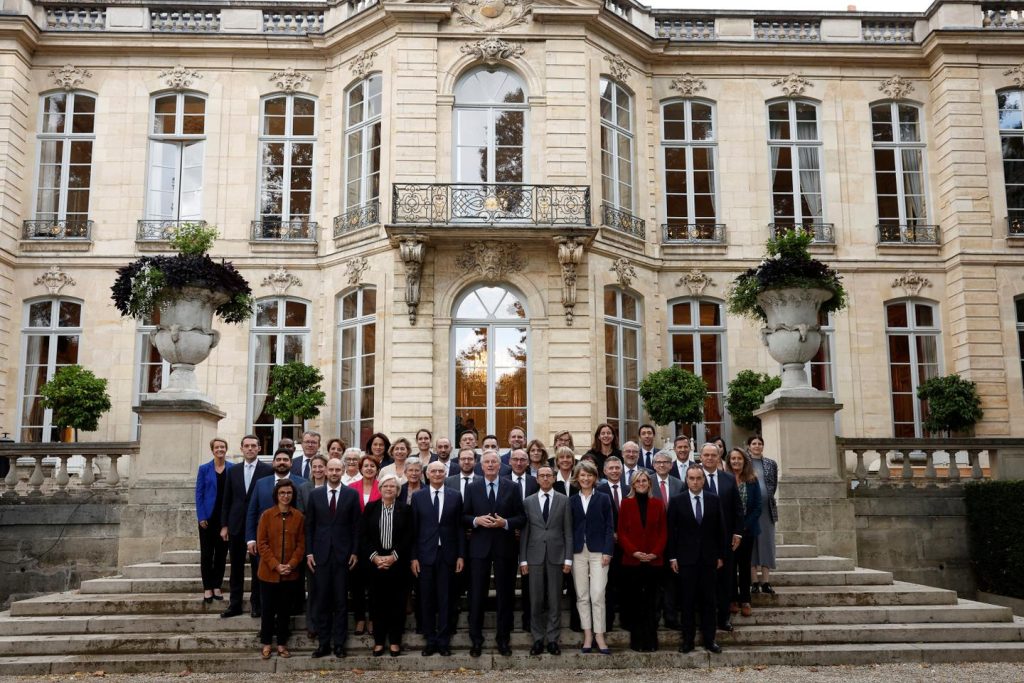The Prime Minister Michel Barnier and the 41 members of his government were appointed after lengthy political negotiations. Four weeks after their appointment, the ministers and secretaries of state have all recruited their chiefs of staff, whose role is essential to implement the government’s policies. Le Monde analyzed the profiles of these key figures, who work closely with the ministers. The majority of these individuals are men, often graduates of the prestigious ENA school with a solid background in the civil service, belonging to the right wing of Macron’s party, and have been part of ministerial cabinets since 2017. However, there are also individuals in their fifties or sixties who have gained experience under previous presidents such as Nicolas Sarkozy or Jacques Chirac, as well as newcomers who have chosen to join a government with uncertain longevity.
The Barnier government is gender-balanced, with 21 women and 20 men, although men hold the most prestigious ministerial positions. However, when it comes to cabinet directors, only ten women have been appointed, accounting for less than a quarter of the total. Despite the law passed in July 2023 aiming for gender parity in ministerial cabinets and the President’s office by January 2026, the slow feminization of these positions can be attributed to the recruitment profile of these advisors. The role of chief of staff typically requires a highly qualified graduate of ENA with extensive experience in the civil service, which is a small pool of candidates that is slowly becoming more female. The demanding nature of these positions, which are often not conducive to a family life, further exacerbates gender inequalities.
However, the Barnier government has made some progress compared to the previous team led by Gabriel Attal, which had only five women out of thirty-three cabinet directors, with only two in full-fledged ministerial positions. Currently, there are four women among the eight major ministries, including a lecturer in management sciences Carole Drucker-Godard working with the Minister of National Education, Anne Genetet; ENA graduate Virginie Magnant working with the Minister of Solidarity, Paul Christophe; thirty-year-old Charlotte Logeais working with the Minister of Sports, Gil Avérous; and former prefect for equal opportunities Virginie Lasserre working with the Minister of Housing, Valérie Létard.
Overall, despite the slow progress, the government seems to be heading in the right direction in terms of gender balance in cabinet positions. The efforts to increase the representation of women in key advisory roles are crucial for achieving gender parity in decision-making processes. The increasing diversity within the government’s inner circle reflects a broader societal shift towards more inclusive governance structures. As the government continues to evolve and adapt, it is important to prioritize gender equality and diversity in all aspects of decision-making to ensure a more representative and effective leadership.


